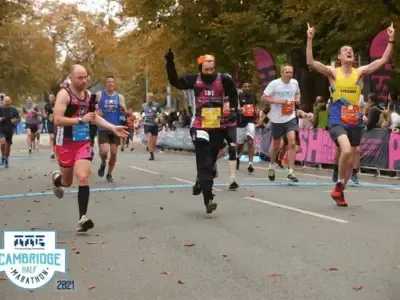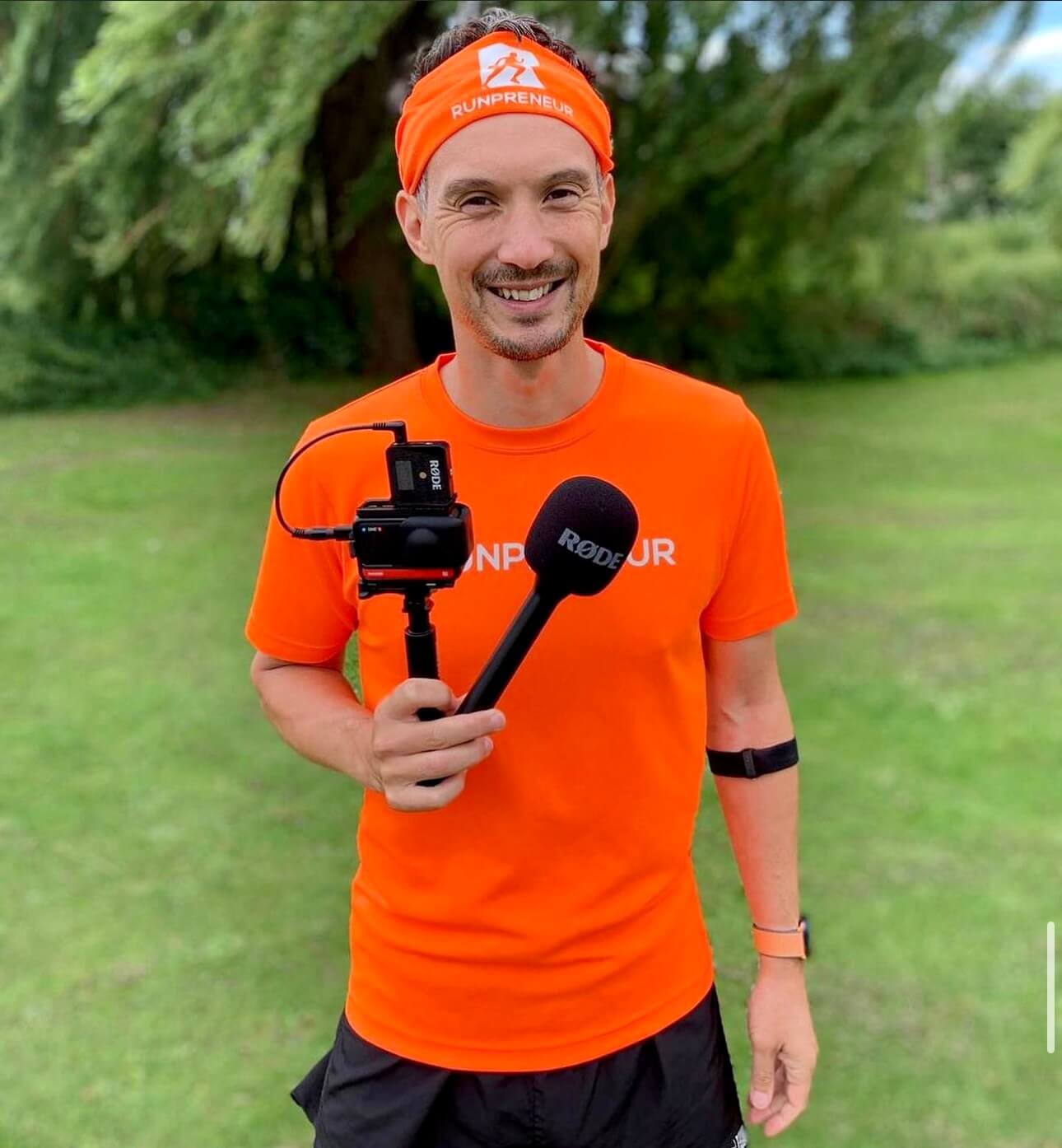Runpreneur Journey Blog
Embark on an extraordinary journey with the Runpreneur community. Discover inspiring stories, insider tips, and the transformative power of our global challenge. From first-time runners to seasoned athletes, our blog captures the essence of the Runpreneur movement, inspiring others to join the cause.
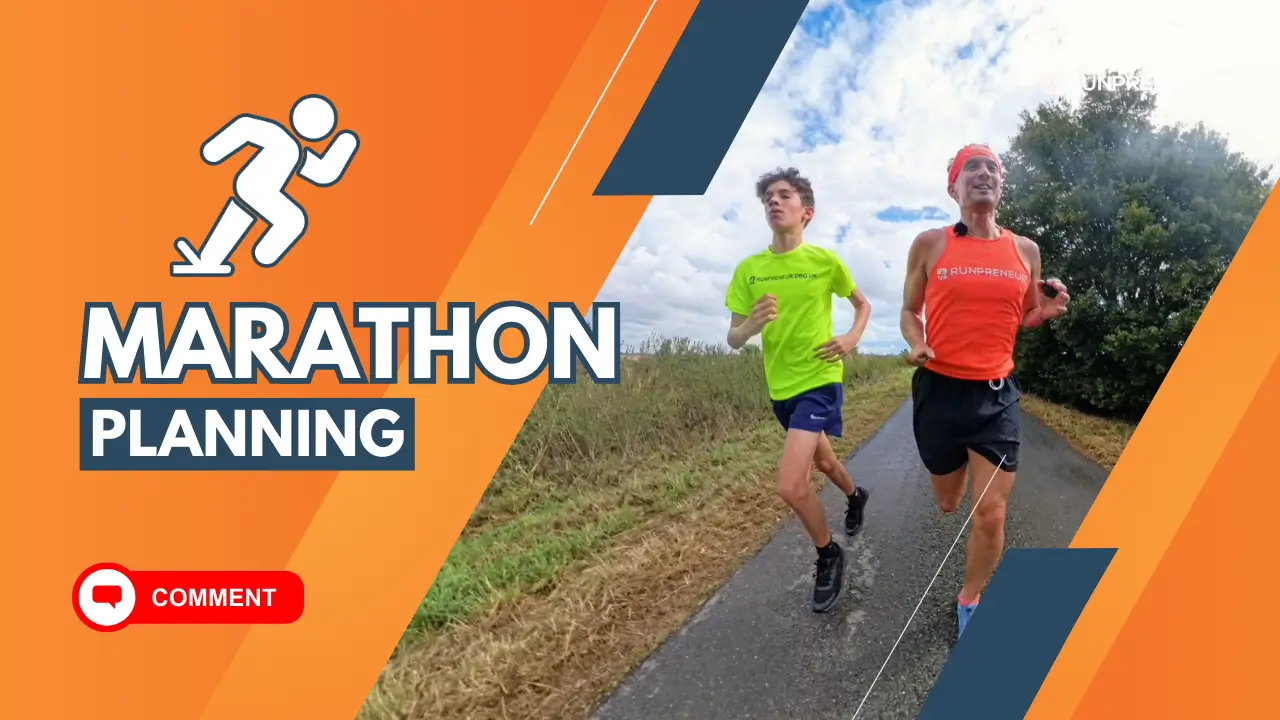
Marathon Planning in Another Country: A Comprehensive Guide
Marathon Planning in Another Country: A Comprehensive Guide
Hey everyone, it's Kevin Brittain here on consecutive day 1578 of my run vlogging journey. Today, I want to share some insights on the meticulous planning that goes into running a marathon in another country. If you're a marathon runner with a penchant for travel, you’ll want to dive into this. Also, don't forget to cheque the link in the comments below for more details.
Running marathons, as many of you will know, involves a lot of preparation – from training plans and nutrition to travel and accommodation logistics. And when your marathon is in another country, the complexity only increases. I'm about to run the Loch Ness Marathon in Scotland, which, while part of the United Kingdom, is still a different country from England. Let me take you through my planning process.
Step 1: Picking Your Marathon
First and foremost, I considered my calendar for the year and decided on how many marathons I wanted to run. Generally, marathons are held in the spring or autumn, and Loch Ness fit perfectly into my schedule. Once the decision was made, I looked into flights, accommodation, and other logistical costs, even down to the car park fees at the airport.
Step 2: Booking Travel and Accommodation Early
Booking your travel and accommodation as far in advance as possible can save you a ton of money. For instance, I'm flying up the day before the marathon, staying overnight, and flying back the next day. By planning early, you can avoid the last-minute rush and the inflated costs that come with it. Remember, the earlier these are sorted, the fewer headaches you’ll have later.
Step 3: Training Plan
There are countless marathon training plans available. Since I run every single day, I chose one that fits with my existing running schedule. I follow a method where the focus is on cumulative weekly mileage and pace instead of logging long individual runs. It's vital to pick a plan that aligns with your abilities and goals. Too ambitious, and you risk burnout; too lenient, and you won't meet your targets.
Step 4: Nutrition
As race day approaches, you have to dial in your nutrition. Marathons demand a lot from your body, and proper fuelling is crucial to prevent hitting "the wall," where your body runs out of energy. My strategy includes consuming 15 grams of carbohydrate every 15 minutes while running. I'll also carb-load for a couple of days before the event, eating foods rich in carbohydrates and transitioning to more liquid-based carbs as the race nears to avoid running on a full stomach.
Race Day: Fuelling and Strategy
On the morning of the marathon, my goal is to maintain a steady carbohydrate intake. Three hours before the start, I'll eat porridge, bananas, and honey, and switch to energy drinks and gels as the race gets closer. During the marathon, I'll combine energy gels and energy blocks to keep my energy levels stable.
Different runners have various race strategies – some starts fast to build a buffer, some maintain a steady pace, and others start slow and finish strong. Personally, I prefer to start a bit faster in order to create a cushion, as I'm not great at maintaining pace towards the end.
Final Preparations
Lastly, don't overlook the smaller details:
Ensure you have proper clothing for the start line. Autumn marathons can be chilly, so having old clothes you can discard, or cheap thermal ponchos, can make waiting at the start more comfortable.
Double-cheque your packing list to ensure you have everything you need on race day.
In conclusion, running a marathon in another country involves detailed planning – from booking travel and accommodation early to choosing the right training plan and nailing your nutrition strategy. With proper preparation, you can focus on the race itself rather than the logistics.
Do you have any questions or comments? Drop me a line, and I'll respond to everyone. And if you believe in my mission of saving children's lives by attempting the ultimate ultramarathon of run vlogging on consecutive days, please subscribe, share, like, and comment. The more people we reach, the more money we raise, and the more children's lives we save. That's why I do this every single day.
Thanks for reading! Stay positive, stay happy, and I'll see you again tomorrow.
Best,
Kevin Brittain

Kevin's 40,075km Challenge: Raising £1 Million for Children
Meet Kevin, a dedicated Runpreneur who embarked on an extraordinary journey to raise £1 million for children in need. Over the course of his 40,075km challenge, Kevin's unwavering determination and passion inspired thousands to join the Runpreneur movement.
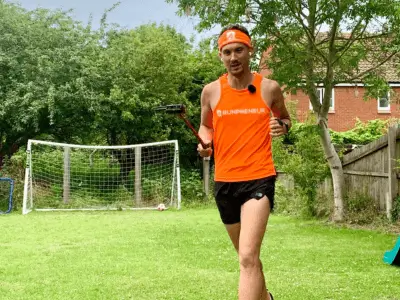
Runpreneur Vlogging: Capturing Kevin's Journey
Experience the Runpreneur challenge through the lens of Kevin's video diary. Witness his ups and downs, the camaraderie of the community, and the transformative power of running for a cause. Dive into the visual stories that capture the essence of the Runpreneur movement.

Empowering Children, One Step at a Time
As Kevin logged every kilometre of his 40,075km challenge, the true purpose behind his journey came into focus. Each step, each bead of sweat, fuelled essential healthcare, education, and nutrition programs for children in need around the world.

The Transformative 4x4x48 Challenge
Experience the thrill and personal growth of our iconic 48-hour running event. Witness the determination and resilience of Runpreneurs as they push their limits, one mile at a time.
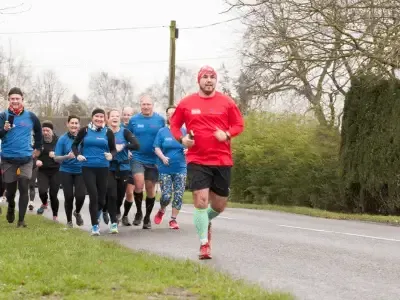
Runpreneur Vlogging: Capturing the Journey
Dive into the visual stories of our Runpreneurs as they document their experiences through engaging video logs. Witness the challenges, triumphs, and moments of camaraderie that define the Runpreneur spirit.
